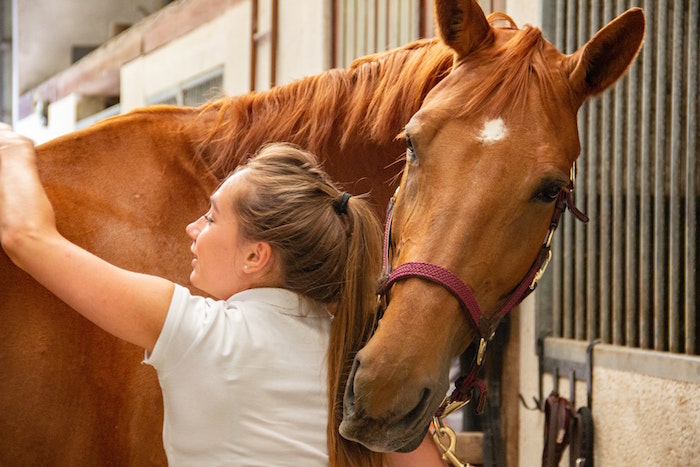Maintaining a horse is not an easy task for its owners, as there is a lot of equipment required to take care of your horse. As a horse owner, one of the essential pieces of equipment you need is a bridle. Quality bridles for horses serve as the link between you and your horse and help ensure effective communication while riding, according to Pink Equine, a leading equestrian online retailer. With many bridles available in the market today, choosing the best can look overwhelming.
However, this guide offers practical tips on selecting the most suitable bridle for your horse.

Understand Your Horse’s Anatomy
Before purchasing appropriate bridles for horses, it’s vital to understand your horse’s head anatomy and measure appropriately. Every horse’s skull structures differ, so it’s important to select a bridle that fits well without being too tight or too loose.
A poorly fitting bridle can cause discomfort to your horse, leading to misbehavior when riding. Measure around your horse’s poll area, and this will prevent putting unnecessary pressure around this sensitive area near their ears.
Choose The Right Material
Bridles come in different materials such as leather, synthetic material blends (biothane), nylon webbing crafted with durable polymer coating, and brass hardware. Leather and synthetic biothane are common materials used for bridles due to their durability even under rough terrain conditions like continuous moisture exposure from sweat or water bodies while maintaining structural integrity over time. They also don’t easily stain compared to nylon fabric material.
Nylon-webbing bridles remain less expensive than high-quality leather ones. However, they may not offer extended service life given that they don’t only require maintenance but tend to get grimy quickly, requiring constant cleaning effort.
Selecting A Suitable Bit
The bit is an important part of a bridle because it sits inside the mouth of the horse and influences its behavior depending on how much pressure is applied by its rider. Further, the reins connected on either side via rings attached behind each cheekpiece extension or alternatively above using direct contact braided reins offer better control during activities like barrel racing where acceleration and deceleration are dynamic.
Bits come in different designs, including snaffle (most common), curb, or Pelham bits. Consider what you want your horse to achieve while riding before deciding on the bit design.
The type of bit preferred will depend on your comfort level when riding. Some horses prefer bits with action lower than others, which may be better suited for more substantial curb-style bridles that have longer cheek pieces offering additional leverage.
Choose The Right Size
Proper bridle fitting starts with selecting a suitable size, as too small a bridle can cause pain around the ears while being cumbersome and can result in poor communication from rider to horse due to excess material covering the animal’s sensitive nerve endings along its skull and jawline.
An ill-fitted bridle puts unnecessary pressure on essential areas like the mouth and pol,e causing stress and discomfort, making it challenging for riders to control their horse effectively.
When buying a new bridle, measure your horse’s head circumference at ear height with measuring tape, ensuring adequate sizing without creating any safety risk during use. This helps in achieving optimal performance without distraction by unwanted fabrics rubbing against tender neck skin, causing redness/irritations.

Consider The Style
Bridles come in different styles today. So consideration should be made of show ring standards approved style selections versus purely utilitarian options. These are also based upon environmental needs, like trail excursions where climbing hills might require more rugged constructions along with suitable camouflage color schemes. This blends against natural surroundings reducing potential danger from predators via an unidentified presence shown by bright objects.
If competing professionally at shows, use mild-colored leather bridles such as chestnut brown, providing added elegance/majesty perceived by judges impressed with appearances rather than practicality. Alternatively, consider using fancy crystal designs limited only by creativity delivering enhanced aesthetic value familiar among spectators attracted to eye-catching colors.
Conclusion
Being mindful when selecting a quality bridle can guarantee improved communication between you and your horse while riding. Consider the horse’s head anatomy and take accurate measurements to ensure appropriate sizing, select the right material depending on use, and choose a suitable bit type geared towards your desired outcome in tandem with the chosen riding activity, among other factors discussed here. Remember that safety is essential when choosing a bridle. Too-small or ill-fitting ones can cause pain and disrupt effective communication between you and your horse while creating an unsafe environment for both rider/horse. Take time selecting a quality bridle, as it will significantly impact future rides both aesthetically and practically for your horse’s well-being!
Related Reading
